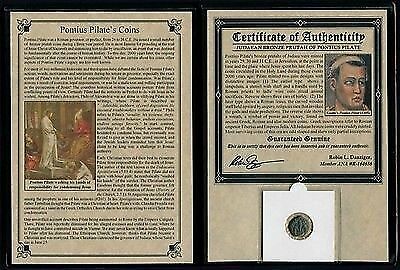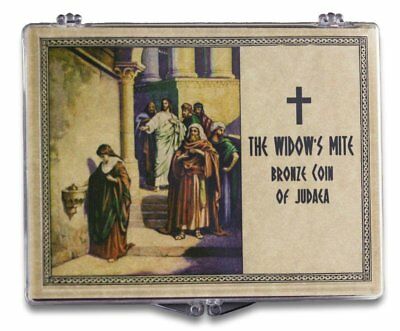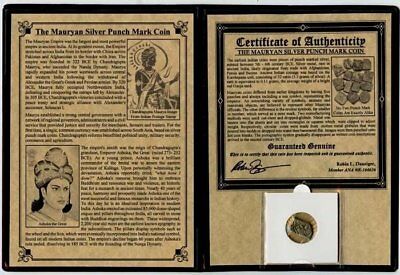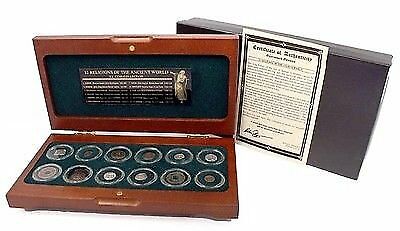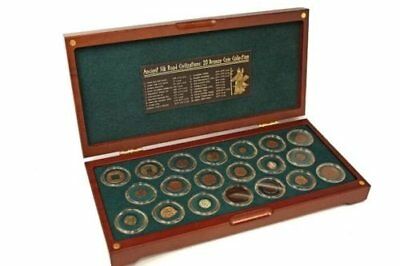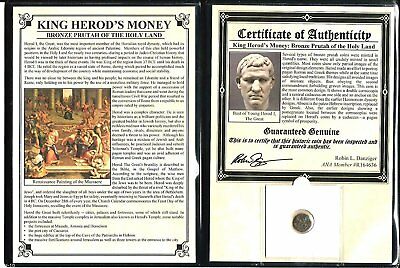-40%
SASSANID EMPIRE 224-651 AD SILVER 1 DRACHMA KING KHOSRAU I 531 AD HIGH GRADE #1
$ 19.2
- Description
- Size Guide
Description
SASSANID KINGDOMS SILVER 1 DRACHM FROM THE LAST PERIOD OF THE EMPIRE.FULLY STRUCK AND NOT RE-CUT.OBVERSE DESCRIPTION: KING Khusro I, AR Drachm Facing bust, head right, wearing merlon crown with tassel to
left and surmounted by crescent with |||: inside single dotted-border, crescents at 3, 6 and
9 o’clock
REVERSE DESCRIPTION : Fire altar with two attendants standing facing, wearing tall headgear, both hands on sword
hilt, all inside single dotted-border
VERY NICE COIN SRUCK IN SILVER, FULL DETAILS VISIBLE AND NEVER CLEANED OR HISTORICAL
RE-CUTTED . GUARANTEE TO BE GENUINE AND AUTHENIC IN ALL RESPECT. HARD TO SEE IN THE MARKET
NOTES:
Sasanian (Sasanid) Empire was the Iranian empire succeeded the Parthian Empire (247 BC–224 AD). It was ruled by the Sasanian dynasty from 224 to 651 AD when it was succeeded by Muslim Caliphates.
The
Sasanian Empire
(also spelled
Sassanian
,
Sasanid
or
Sassanid
) was the last pre-Islamic Persian
empire
, established in 224 CE by Ardeshir I, son of Papak, descendant of Sasan. The Empire lasted until 651 CE when it was overthrown by the Arab Caliphate. It is considered by the Iranian people to be a highlight of their
civilization
, for after the fall of the
Achaemenid Empire
at the hands of
Alexander the Great
in 330 BCE until the fall of the Parthian Empire, there was not be another state that truly felt ”Iranian".
After
Alexander
's
death
in 323 BCE, the Iranian Plateau fell into the hands of
Seleucus I Nicator
, one of the Diadochoi (Alexander's generals). He established a
Hellenistic
state known as the
Seleucid Empire
, mainly on what is today the Islamic Republic of Iran, although at its height the Empire extended from modern-day
Turkey
to modern-day Pakistan. The Seleucids, although certainly influenced by the Iranian people over whom they ruled, still kept true to their Greco-Macedonian origins and hence were not seen as native rulers by their subjects.
By 155 BCE, the Parthians had conquered all of the Iranian territories of the
Seleucid
Empire. The Parthians, a group of Northeastern Iranians, who, although certainly refreshing to their Iranian subjects, were still heavily influenced by Hellenistic culture. They are mostly known to the European world as antagonists of the
Roman Empire
, and their culture is often neglected in history books. The Parthians themselves fell to Ardeshir I, who was a Persian for he came from the province of Fars (originally known as Pars, which is where the word Persian comes from) from where the Achaemenids came. He installed his own dynasty under the family name of his forefather Sasan.
The Sasanians then started a process that would reinstate the values of Iranian culture. Although certainly still Hellenized, the Sasanians started a process of "Iranization" unlike the Parthians before them: Zoroastrianism became one of the founding stones of the Empire -- nevertheless religious minorities such as Jews, Christians, Manicheans, and other faiths of the Iranian people would play an important part. Some of the
Sasanian
kings even married Jewish and Christian
women
.
For 400 years the Sasanian Empire was the major power in the
Near East
as the rival of the Late
Roman
Empire. Not only that, but they sustained relations with the
Tang Dynasty
of
China
and several Indian Kingdoms where their products and culture were held in high esteem.


